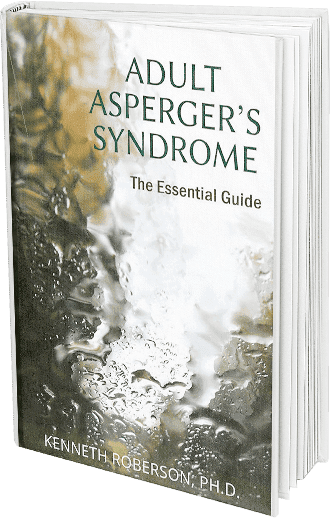
Autism Spectrum Disorder has received a great deal of attention lately. What used to be viewed as odd, unusual behavior in some children and adults is now recognized as part of a condition that has been widely reported on and discussed in the general media.
However, in some cases important information about ASD is not included in the overall discussion. Here are facts that parents, family members, educators, and others interested in Autism should know about this condition.
1. It is Not a Separate Condition
With the publication, in May of 2013, of the Diagnostic and Statistical Manual – 5, generally accepted as the authoritative description of mental health conditions, Asperger’s Syndrome no longer exists as a separate disorder. Its place has now been taken by Autism Spectrum Disorder (ASD).
This means that officially there is no such thing as Asperger’s. The behaviors that were associated with Asperger’s Syndrome are now understood as caused by autism. The word “Asperger’s” now days is often replaced with the phrase “Autism Spectrum Disorder”, since the behaviors are not severe or comprehensive, but it is still the case that the condition is part of autism.
2. No One Knows What Causes It
The cause(s) of Autism Spectrum Disorder (I will still use that term throughout this article) is still largely a mystery. Research shows that it is connected to early changes in the structure of the brain as it is developing in the fetus and very early in the child’s life.
What causes these changes is not fully understood. One thing that is clear, however, is that heredity places a role in Autism Spectrum Disorder. Studies of identical twins show that when one child has ASD the chances of the other child also having Autism is about 30%. Such a strong association indicates that genes and inheritance are significant causes of ASD.
3. Autism Spectrum Disorder is a Developmental Disorder
A developmental disorder is a chronic, severe disability of a person at least 5 years of age that results in substantial limitations in three or more of the following:
- Self-care
- Language
- Learning
- Mobility
- Capacity for independent living
- Economic self-sufficiency (see definition)
Autism Spectrum Disorder is present at birth, in most instances, and continues throughout the person’s life-span. It can impact the person’s learning, language, capacity for independent living and self-care skills, although these skills are not always affected.
The main reason it is considered a developmental disorder is because it is a life-long condition and because it has such an important impact on the person’s life.
4. Autism Spectrum Disorder Involves Social Difficulties
People with Autism Spectrum Disorder have trouble understanding what someone else is thinking and feeling. They often need to be taught social behavior that is learned and understood normally by others. They have difficulty understanding communication that isn’t spoken, so called, “non-verbal” communication, such as hand movements, facial expressions and tone of voice.
They often describe themselves as feeling different from most other people. They tend to see the world in black and white, with difficulty compromising or seeing the grey areas. Eye contact is difficult for them. All this adds to their social awkwardness and trouble relating to others.
5. Intelligence Plays No Role in Autism Spectrum Disorder
Unlike classic autism, which often negatively affects the person’s intelligence, people with Autism Spectrum Disorder often nave normal or above-normal intelligence.
An unusual preoccupation with very specific subject matter is characteristic of those with ASD, for instance, extensive knowledge of train schedules, WWII fighter aircraft, or pre-historic dinosaurs. They tend to have a restricted range of things that interest them. Because of their interests and focus, they can succeed in tasks that require a great deal of intelligence.
6. There is No Connection Between Autism Spectrum Disorder and Violence
There is no evidence that people with Autism are any more prone to violent behavior than the general population. They are sometimes diagnosed with other mental health conditions like depression, anxiety, bi-polar disorder and obsessive compulsive disorder, and whatever aggressive, violent behavior they might demonstrate is more likely due to these other conditions than to Autism Spectrum Disorder itself.
According to Professor Elizabeth Laugeson, at UCLA, there is no clear association between Autism Spectrum Disorder and violent behavior. She notes that while there may be a higher rate of aggressive behavior in people with ASD, as there is with autism, planning and intending violent behavior is not characteristic of Autism.




